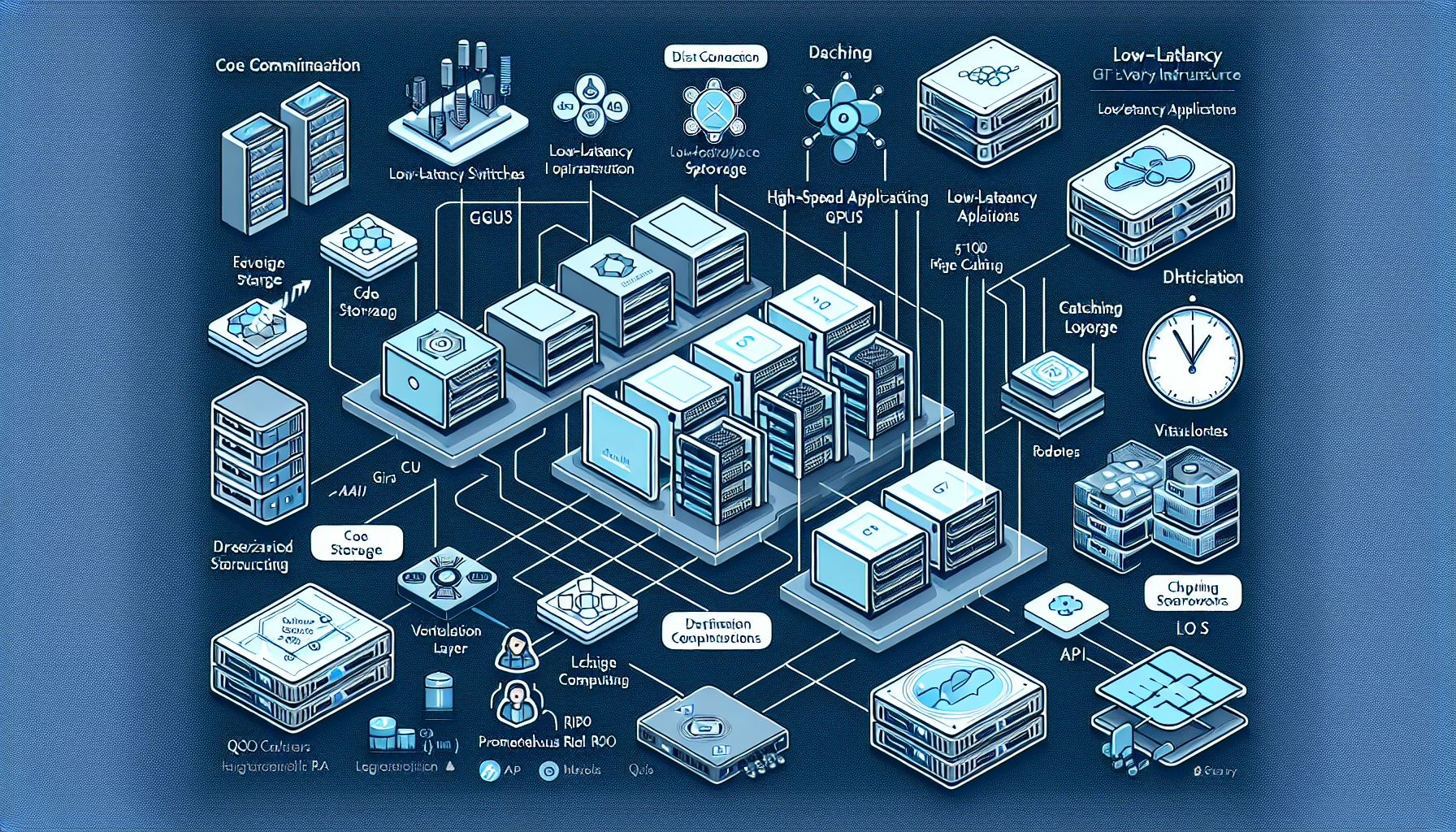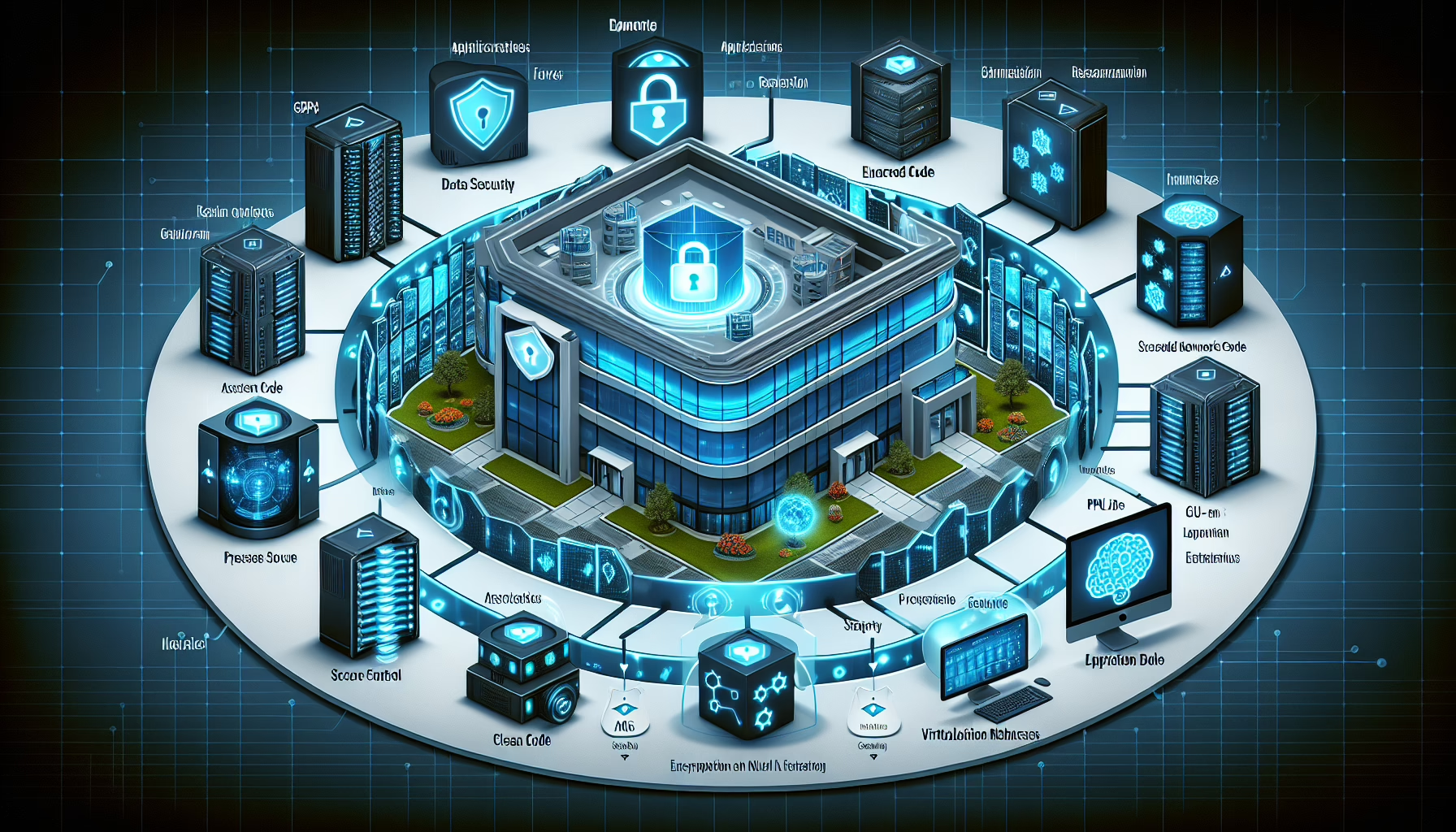What are the best practices for securing IT infrastructure for government use?
Securing IT infrastructure for government use requires adhering to strict policies, standards, and best practices to ensure the highest level of security, reliability, and compliance. Below are some best practices tailored for government IT environments: 1. Implement Strong Access Controls Identity and Access Management (IAM): Use role-based access control (RBAC) and least privilege principles to […]


